


Digital Policy Office
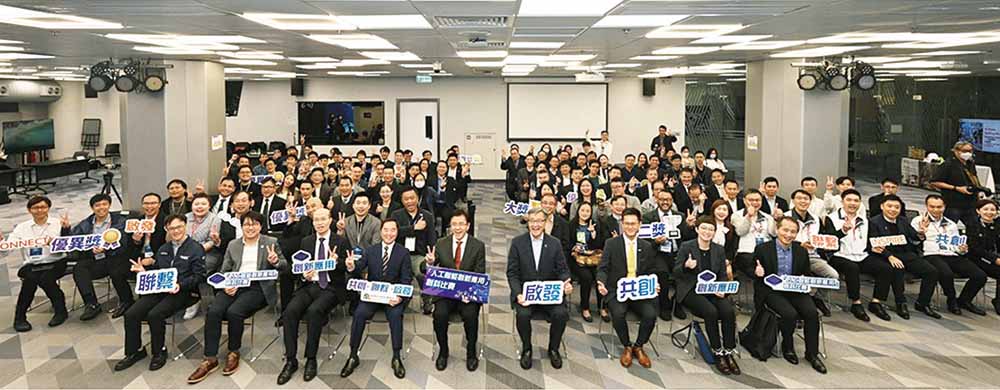
This competition was held in two stages. The first stage commenced in June 2023, during which the Smart Lab organised a series of workshops, thematic seminars, as well as technology forums on AI and invited colleagues from various bureaux/departments (B/Ds) to form teams to submit conceptual proposals for enhancing public services with AI. A record-breaking number of 71 proposals from colleagues of 22 B/Ds were received this time. Ten finalists were then shortlisted by the Selection Panel to enter the second stage of the competition. The Smart Lab matched the ten proposals with technology solutions of the industry including local start-ups, for a six-month proof-of-concept (PoC) exercise to test the feasibility of the shortlisted solutions. Upon completion of the PoC, the top ten teams then presented the concepts of their projects as well as the process and results of the PoC, and answered questions from the Judging Panel comprising innovation and technology (I&T) experts at the Final Pitching on 15 March. The Panel finally selected the Grand Award, First Runner-up, Second Runner-up and seven Merit Awards.
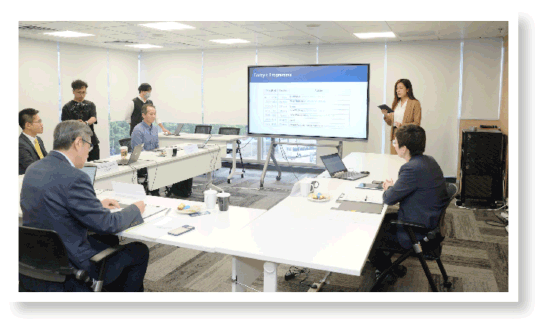
The Secretary for Innovation, Technology and Industry, Professor Sun Dong was invited to officiate at the Award Presentation Ceremony. He commended the contestant teams for submitting quality proposals that fully encompass the needs of their departments and innovative ideas. The PoC exercise conducted for the proposals in the past six months had not only provided opportunities for the local I&T industry to join efforts, but also fostered a stronger vibe of I&T within the Government.
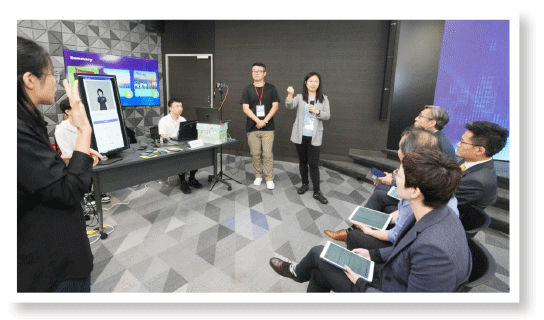

Colleagues from DPO as well as the Census and Statistics Department proposed utilising technologies such as machine learning and generative AI to develop a two-way translation tool. Generative Sign Language can translate Hong Kong Sign Language (including motion and facial expressions) into spoken language, while sign language can be generated from spoken language in real-time, in the hope of facilitating communication with the deaf community, as well as allowing deaf people to access information in their mother tongue.
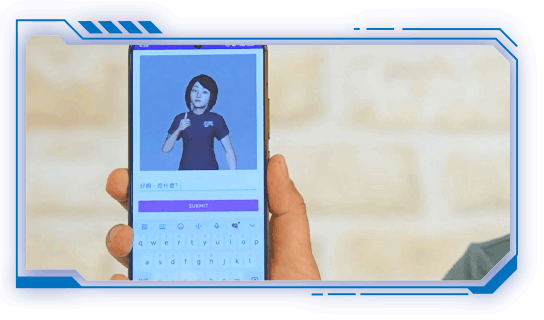
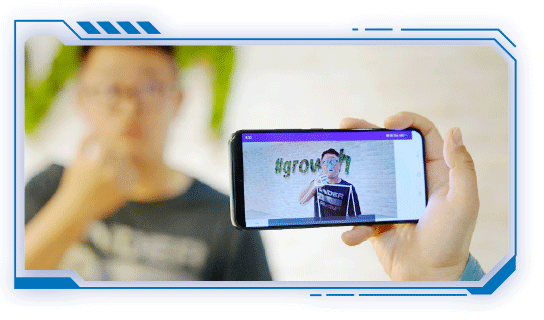

Colleagues from the Environmental Protection Department (EPD) designed an AI Environmental Air Nuisance Robot Dog to predict the source and pollution activity, which would track the location of the pollution source autonomously, hence speeding up the investigation and obviating the need for human entry into unsafe areas or confined space during investigations, further protecting the occupational safety of investigation staff.
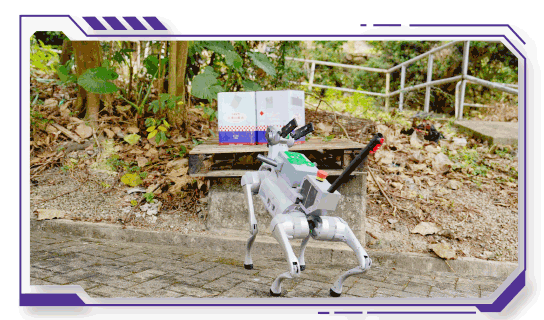

Colleagues from the Electrical and Mechanical Services Department (EMSD) proposed developing an AI tool that transforms metadata from BIM (Building Information Modelling), BIM-AM (Building Information Modelling - Asset Management) and integrated Building Management System (iBMS) into semantic knowledge graph automatically, so as to improve productivity of construction works, facilitate the development of digital twins in EMSD, and make city planning of the Government more effective.
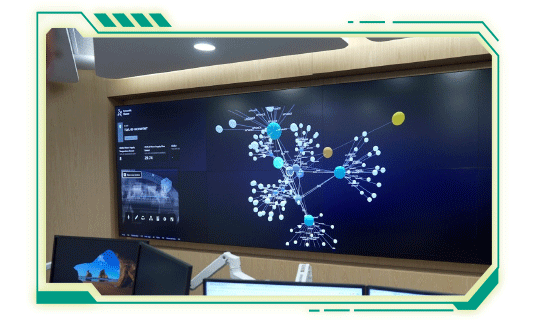

Colleagues from the Architectural Services Department proposed integrating advanced sensors and AI technologies with drone surveillance that facilitate detection of spalling from deteriorated buildings, with the aim of alerting the relevant departments to carry out maintenance as soon as possible, thereby preventing hazardous incidents.
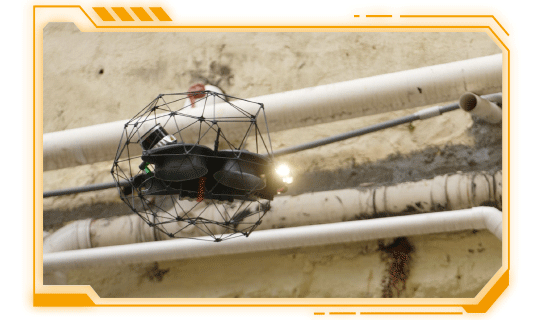

Colleagues from EMSD proposed using technologies such as AI, video analytics and data fusion, to assist in the detection of potential hazards and prediction of weather conditions around water sports centres. When adverse weather, such as approaching storms, is detected, alerts will be generated. Additionally, when the system detects individuals engaging in water sports activities waving for help, it will generate alerts to notify lifeguards.
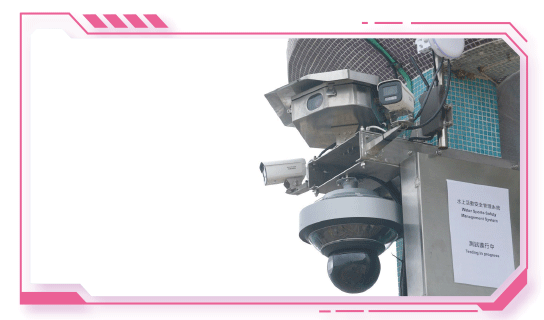

Colleagues from the Hong Kong Police Force (HKPF) explore the usage of "AI Chatbot Technology" in foundation training. Police trainees can interact with AI-powered avatars and practise their questioning and verbal cautioning skills.
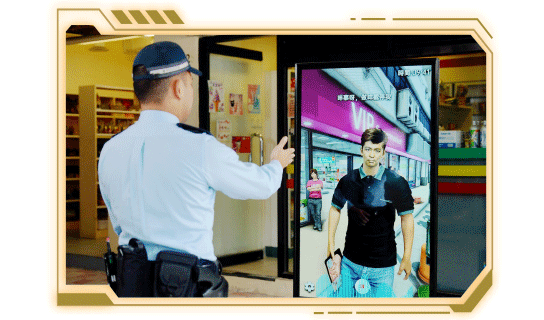

Colleagues from HKPF proposed using AI, image analytics and other technologies to facilitate control and coordination of network cameras in sea surface scanning and analyse the captured images in real-time to detect people in distress at sea, so as to enhance the efficiency of maritime search and rescue.
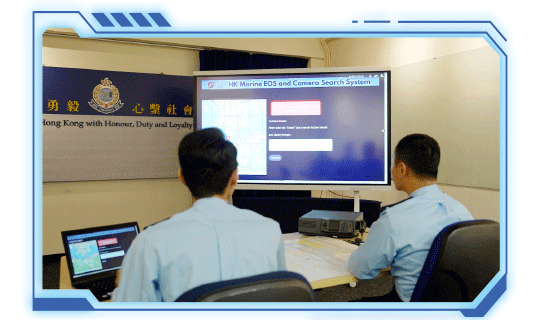

Colleagues from the Buildings Department as well as EMSD proposed using AI, image analytics, remote measurement and other technologies to identify signboard structures and automatically calculate its dimension so as to facilitate prompt detection of the signboard inclusive of its supporting frame. The system can improve the efficiency of enforcement against dangerous signboards and ensure public safety.
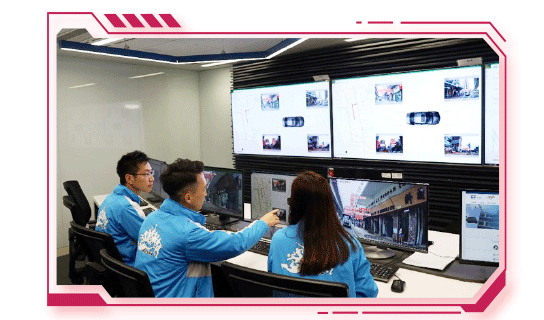

Colleagues from the Civil Engineering and Development Department proposed using AI and LiDAR technologies to provide real-time positioning data for mobile robots working in confined tunnel environment where there is no GPS and with dim lighting, thereby enabling the mobile robots to locate the defects observed in tunnels more accurately and improving inspection efficiency.


Colleagues from EPD proposed to develop a shoreline cleanliness monitoring system, leveraging advanced technologies such as AI, image recognition, Internet of Things, etc. to assist the Government in monitoring and tackling the accumulation of marine refuse on Hong Kong’s shorelines. The system will enable real-time identification of the type and quantity of refuse on shorelines, effectively assess shoreline cleanliness, and automatically alert the relevant departments, when necessary.

The winning solutions were showcased in the Smart Hong Kong Pavilion at the InnoEX 2024 held in April and received acclaim from visitors and the media. We would like to thank all the participating teams for their quality proposals, which have set an example for the use of AI to empower public services, enhance overall service standards and promote the development of smart government.
For details of the winning solutions, please refer to :
https://www1.smartlab.gov.hk/en/competition/result.html#fb_post

Some winning solutions are planned to be piloted in relevant B/Ds. The Smart Lab will continue to promote the adoption of the winning solutions by B/Ds to enhance both the quality and efficiency of public services.
Established in 2019, the Smart Lab is a platform for the I&T sector to communicate and collaborate with government departments, with a view to helping government departments leverage I&T solutions from the industry to formulate innovative measures for enhancing the quality and efficiency of public services. The Smart Lab will assist departments in developing more smart solutions. Colleagues are welcome to contact us to explore and help inspire new ideas and give impetus into public services, so as to promote the development of smart government.


 smartlab@digitalpolicy.gov.hk
smartlab@digitalpolicy.gov.hk 3855 6731
3855 6731